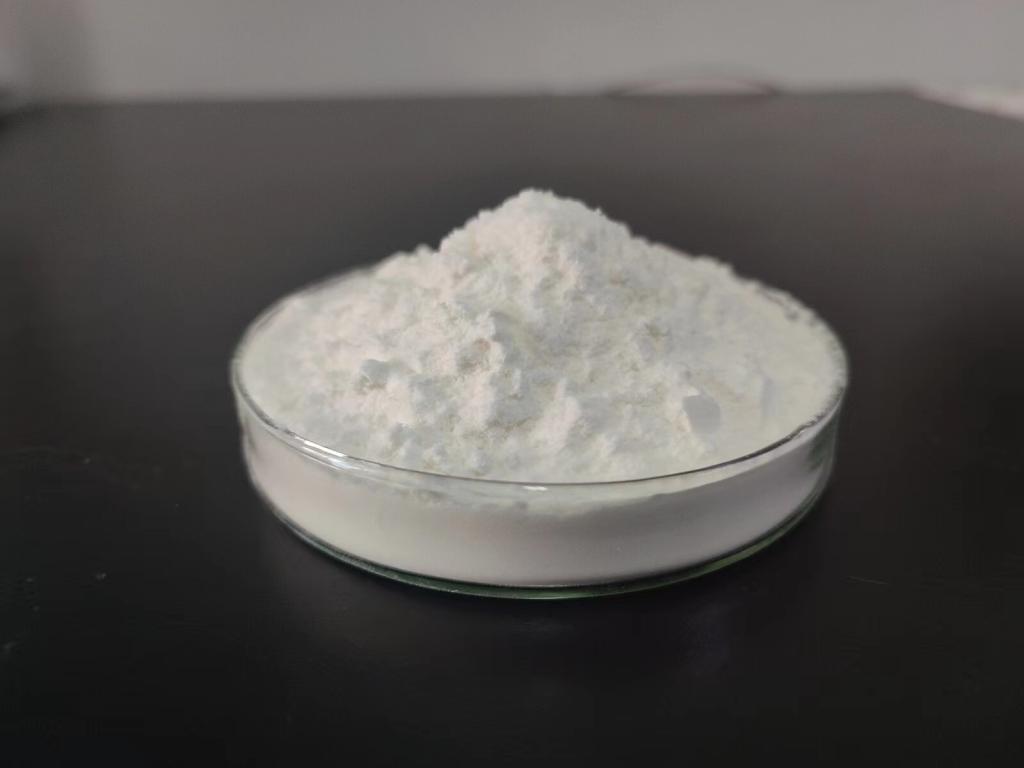Tel:0086 18231198596

News
Sustainable Agriculture: ε-Polylysine Hydrochloride's Contributions to Crop Protection
TIME:2024-01-18
1. Introduction: The Need for Sustainable Crop Protection:
Modern agriculture faces the challenge of meeting the growing global demand for food while minimizing the negative impacts on the environment. Conventional crop protection methods often rely on synthetic pesticides, which, though effective, come with ecological and health concerns. Sustainable agriculture aims to strike a balance between productivity and environmental responsibility. In this context, exploring alternatives like ε-Polylysine hydrochloride becomes crucial for the future of sustainable crop protection.
2. Challenges of Conventional Pesticide Use:
The widespread use of chemical pesticides in conventional agriculture has led to numerous challenges. Environmental contamination, soil degradation, harm to non-target organisms, and the development of pesticide-resistant pests are among the critical issues. Additionally, concerns about the health effects of pesticide residues on crops further emphasize the need for alternative and sustainable crop protection methods.
3. ε-Polylysine Hydrochloride: An Overview:
ε-Polylysine hydrochloride, a natural antimicrobial peptide derived from bacterial fermentation, offers a promising alternative to conventional pesticides. It is composed of lysine residues linked by ε-amide bonds, forming a linear chain with positively charged amino groups. The unique structure and properties of ε-Polylysine make it an effective antimicrobial agent with applications in crop protection.
4. Mechanisms of Action in Crop Protection:
ε-Polylysine hydrochloride's antimicrobial activity stems from its ability to disrupt microbial cell membranes. When applied to crops, it can selectively target harmful pathogens, including bacteria and fungi, while leaving beneficial microorganisms unharmed. This targeted approach minimizes the impact on non-target organisms and reduces the likelihood of developing resistance, addressing key concerns associated with conventional pesticides.
Moreover, ε-Polylysine hydrochloride has shown potential in modulating plant defenses. Studies indicate that it can induce the expression of plant defense genes, enhancing the resistance of crops to various stressors. This dual action of directly combating pathogens and priming the plant's immune system contributes to a comprehensive and sustainable approach to crop protection.
5. Applications in Sustainable Crop Protection:
The application of ε-Polylysine hydrochloride in sustainable crop protection extends across various crops and agricultural practices. Its effectiveness against a broad spectrum of pathogens, including bacteria, fungi, and some viruses, makes it a versatile tool for enhancing crop health.
In organic farming, where synthetic pesticides are restricted, ε-Polylysine hydrochloride provides an eco-friendly alternative for disease control. Its biodegradability ensures minimal impact on soil health and surrounding ecosystems, aligning with the principles of organic agriculture.
Additionally, in conventional agriculture, ε-Polylysine hydrochloride can be integrated into integrated pest management (IPM) strategies. Its compatibility with beneficial insects and non-target organisms allows for a balanced and sustainable approach to pest control, reducing reliance on synthetic pesticides.
6. Eco-Friendly Formulations and Application Methods:
The development of eco-friendly formulations and application methods is crucial for optimizing the effectiveness of ε-Polylysine hydrochloride in crop protection. Encapsulation technologies, such as nanoparticles or microcapsules, can enhance stability and controlled release, ensuring sustained efficacy over time.
Precision application methods, such as foliar sprays or seed coatings, allow for targeted delivery of ε-Polylysine hydrochloride to specific plant tissues, minimizing waste and optimizing resource use. Research in this area aims to refine application techniques, making them practical and cost-effective for farmers while maximizing the sustainability of crop protection practices.
7. Environmental and Health Considerations:
One of the key advantages of ε-Polylysine hydrochloride in sustainable crop protection is its minimal impact on the environment and human health. Being a naturally occurring peptide, it undergoes biodegradation without leaving harmful residues in the soil or water. This contrasts with the persistence of many synthetic pesticides, which can lead to long-term environmental consequences.
The safety of ε-Polylysine hydrochloride for humans and animals further underscores its potential as a sustainable crop protection tool. Its low toxicity and biocompatibility make it a safer option for farmworkers, consumers, and ecosystems.
8. Challenges and Future Directions:
While ε-Polylysine hydrochloride shows promise, challenges remain in optimizing its efficacy and overcoming potential limitations. The need for standardized testing methods, determination of optimal concentrations for different crops and pathogens, and addressing the potential for resistance development are areas that require further research.
Future directions should also explore synergies with other sustainable agricultural practices, such as cover cropping, crop rotation, and biological control methods. A holistic and integrated approach to sustainable agriculture is essential for maximizing the benefits of ε-Polylysine hydrochloride in diverse agroecosystems.
9. Conclusion: ε-Polylysine Hydrochloride as a Cornerstone of Sustainable Crop Protection:
In conclusion, ε-Polylysine hydrochloride holds great promise as a cornerstone of sustainable crop protection. Its unique properties, including targeted antimicrobial action and compatibility with eco-friendly formulations, position it as a versatile and effective alternative to conventional pesticides.
As the world grapples with the challenges of feeding a growing population while preserving the environment, the integration of ε-Polylysine hydrochloride into agricultural practices represents a significant step towards achieving sustainable crop protection. Ongoing research, innovation in formulation technologies, and collaborative efforts between researchers, farmers, and policymakers will play a pivotal role in realizing the full potential of ε-Polylysine hydrochloride in the transition towards a more sustainable and resilient agricultural future.

 CONTACT
CONTACT




